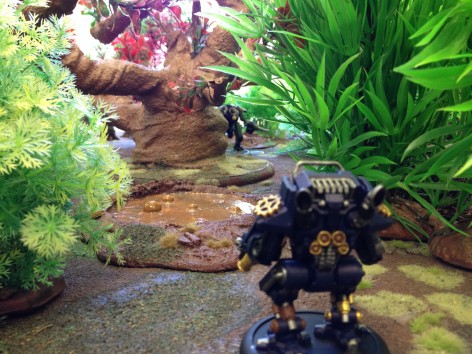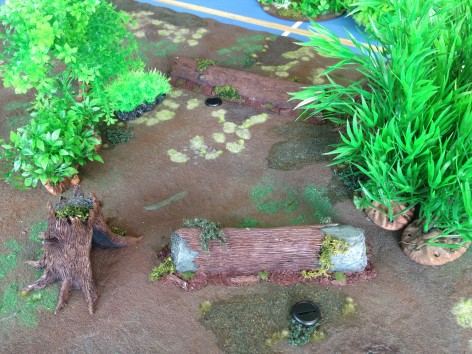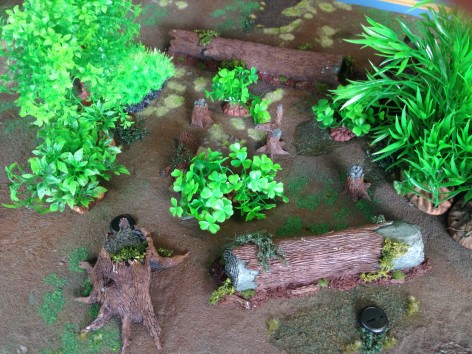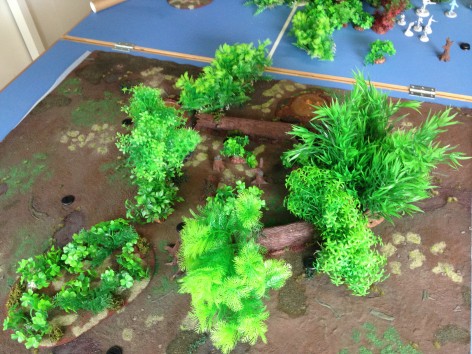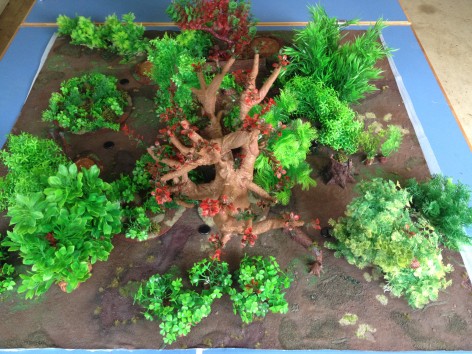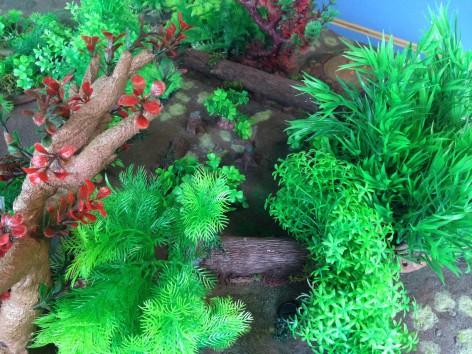Warzone: Resurrection- Battlespace Analysis (Creating Pockets)


Trying to build your battlefield? Here we look at one terrain construct, called a ‘pocket’, that can create a miniature arena for players to fight over objectives.
Terrain ‘Pockets’
So what is a ‘pocket’? If you imagine a table that is mostly covered in terrain, a pocket is a space where minis will be able to interact within it with limited interference from outside. As stated before, think of it as a ‘mini arena’. A set of criteria for creating a pocket includes the following:
- It should be a space around 12”-18” across, not necessarily regular in shape.
- It should be bounded by at least some LOS-blocking terrain.
- At the edges, there should be both cover and vantage points from which to fire at the enemy.
- Within the pocket, there should still be low cover to allow CC troops to close for the attack.
- The approaches should not be easily covered from outside, allowing models to enter the battle within.
A pocket should be placed anywhere that a battle will likely revolve around- a key piece of terrain, a region of the board that is likely to have an objective in it, space between the deployment zones that could become a chokepoint, etc.
Creating a Pocket
The process of creating a pocket is fairly simple, but choosing the right terrain pieces to use is critical to getting it right. For ease of construction, I will break it down into several steps.
- Surround the pocket. This means that you pick LOS-blocking terrain that will form the outer edge of the pocket. Good terrain for this includes tall rocks or trees, buildings, walls or even vehicle wrecks. When placing these pieces, ensure that miniatures have the means to access the pocket from several directions- use gates, gaps, doors in buildings or similar.
- Provide cover around the edges. Give miniatures around the edges enough cover that they will have good fighting positions. Use low walls, fences, rocks, battlements, sandbags, etc. There is no need to completely surround the pocket when doing this- just provide a handful of places for shooting troops to fire from. Also consider making some of these positions slightly elevated if possible.
- Provide scattered terrain in the centre. Place a handful of terrain pieces in the centre of the open space that you have created. Small pieces of scatter terrain are best, both light and heavy cover pieces. These should not provide any unbroken cover, and should not provide too much of an obstacle to any troops trying to cross that space.
- Place terrain that channels models to the entry points. The pocket should not stand alone on the table- use pieces of terrain that make each entry point an enticing prospect. You want the players to use your pocket!
Example: Venusian Jungle
This pocket will be half-hidden within the greater Jungle space, on a table that includes a range of avenues and key points as well as the pocket itself.
To create this pocket (as pictured in this article), I place a couple of massive fallen logs and stumps, partially filling the gap between with tall jungle plants. The rest of the perimeter I surround with jungle of varying heights, keeping most of the low stuff on the sides where there aren’t vantage points to shoot into the pocket from.
I then place a series of smaller logs and low plants around the insides of the pocket for vantage points. I also place a handful of taller pieces that allow miniatures to fire from on top of the large fallen logs. My piece of key terrain will also allow miniatures to fire into the pocket.
In the centre I place one or two single plants and a handful of small standing trunks. Outside the pocket, I place a couple of larger crops of jungle plants to break up the outline of the pocket and to isolate the entry points.
Unpainted miniatures have been used to help you see how miniatures will interact with the space.
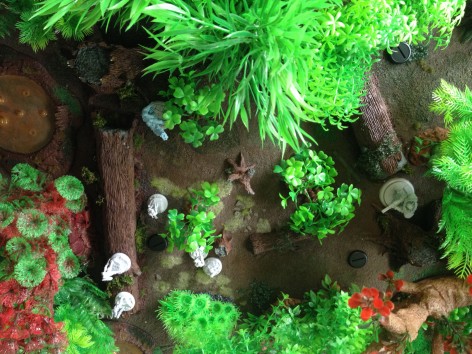
Models can stand on the outside logs to get better vantage points, but they will be exposed to fire. Those within the pocket can get some cover from the scattered plants.
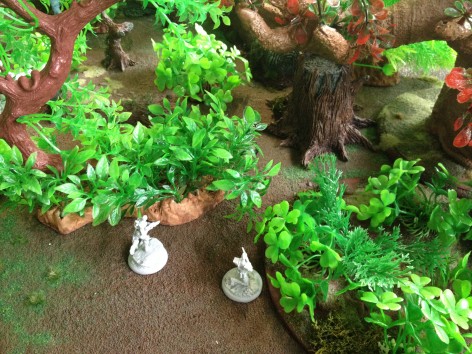
Natural gaps encourage players to enter the pocket to do battle. The first to enter and hold the space will have a strong defensive position.
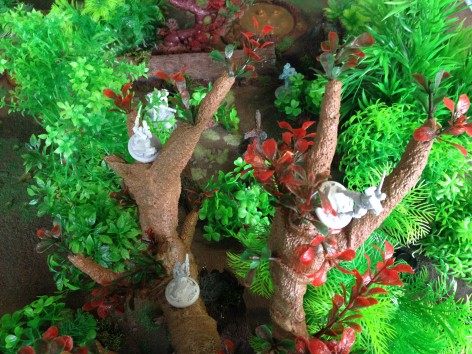
To break the defensive player’s hold, some tall terrain (like this jungle tree) can give a covered or concealed vantage point to engage the enemy from.
This article follows on from our Battlespace Analysis article. In the next few articles in our series, we will look at the placement of Avenues and Key Terrain, and will also look at putting it all together to make an interesting and challenging table for Warzone: Resurrection.
This article is an abridged version of one that appeared in Cartel Tactical Centre magazine, issue #2. Have a look at the CTC Magazine archives here, or get a hold of their latest issue here. Also check out their Facebook Page.
Have you tried adding a pocket to your battles? How did it work out? Let us know below!

